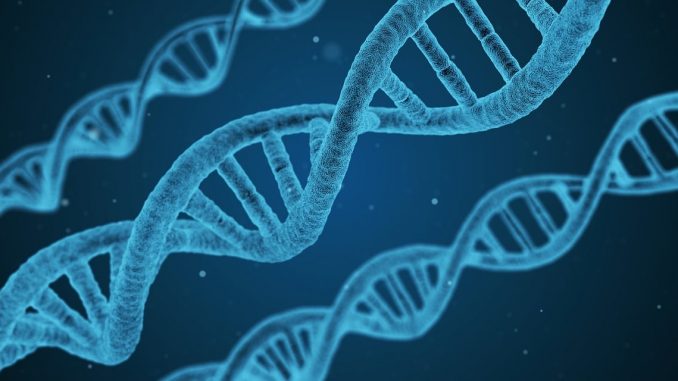
Topoisomerases are enzymes that play a crucial role in the maintenance and regulation of DNA structure and topology within cells. They are responsible for altering the supercoiling of DNA, relieving torsional strain, and resolving DNA entanglements. By performing these functions, topoisomerases ensure proper DNA replication, transcription, recombination, and chromosome condensation during various cellular processes. They are not used for DNA replication: the role of unwinding double stranded DNA molecules falls to the DNA helicase enzymes.
There are two main types of topoisomerases: type I and type II.
- Type I Topoisomerases: Type I topoisomerases function by cleaving one strand of the DNA double helix and allowing the other strand to rotate freely around it. They are classified into two subtypes: Type IA and Type IB.
- Type IA Topoisomerases: These enzymes create transient single-strand breaks in the DNA molecule and pass an intact DNA strand through the break. They are involved in the relaxation of both positive and negative DNA supercoils.
- Type IB Topoisomerases: Similar to Type IA, Type IB topoisomerases can relax DNA supercoils, but they act specifically on negative supercoils. They can also alleviate torsional stress during DNA replication and transcription.
- Type II Topoisomerases: Type II topoisomerases are ATP-dependent enzymes that modify DNA topology by introducing double-strand breaks. They can both increase and decrease DNA supercoiling and are further classified into two subtypes: Type IIA and Type IIB.
- Type IIA Topoisomerases: This subtype includes enzymes such as DNA gyrase and topoisomerase IV. DNA gyrase is particularly important in prokaryotes and is involved in the introduction of negative supercoils. It plays a crucial role in DNA replication, chromosome segregation, and gene regulation. Topoisomerase IV is involved in the unlinking of daughter chromosomes after DNA replication.
- Type IIB Topoisomerases: This subclass consists of eukaryotic topoisomerase VI and some archaeal topoisomerases. Type IIB topoisomerases are primarily involved in the decatenation of DNA, separating interlinked circular DNA molecules.
The Action of Topoisomerases
DNA Binding
The topoisomerase enzyme recognizes specific DNA sequences or structures and binds to the DNA molecule.
DNA Cleavage
The enzyme creates a transient break in one or both strands of the DNA, forming a covalent linkage between the enzyme and the DNA.
DNA Manipulation
The DNA is manipulated by the topoisomerase, allowing changes in DNA topology, such as relaxation of supercoils, knotting, or unknotting.
DNA Resealing
After the desired topological changes are made, the enzyme reseals the DNA strands, restoring the integrity of the DNA molecule.
DNA Topoisomerases are crucial for various cellular processes, including DNA replication, transcription, recombination, and chromosome condensation. They help to relieve the torsional stress that arises during these processes and ensure the proper functioning and organization of the DNA molecule. Without such enzymes, DNA replication and transcription would be impeded, leading to genomic instability and impaired cellular function.
Leave a Reply